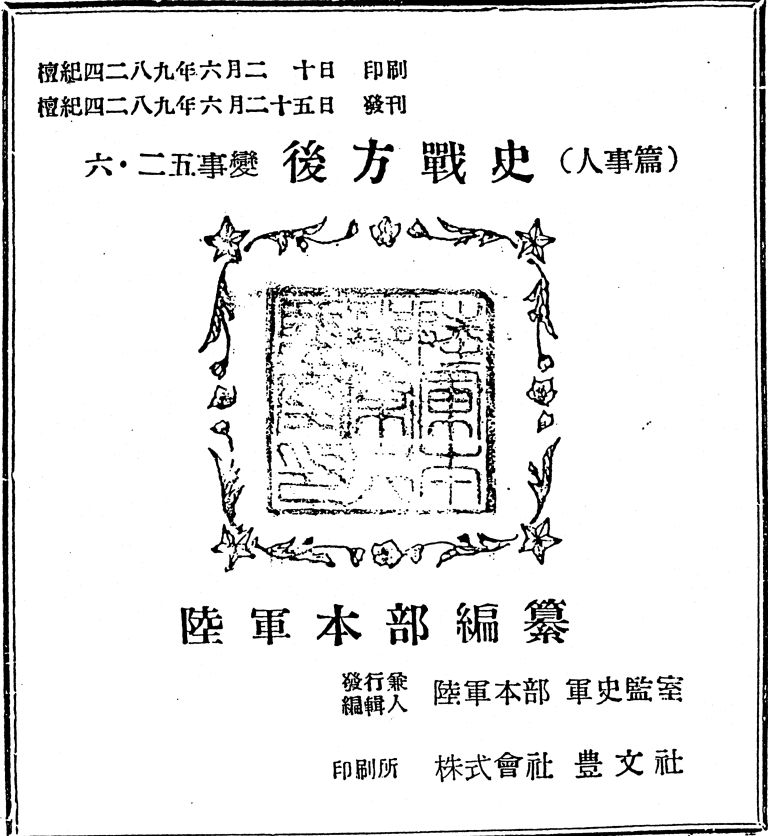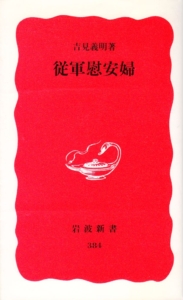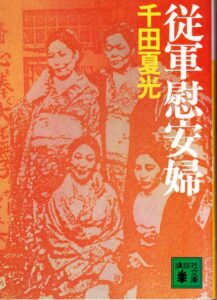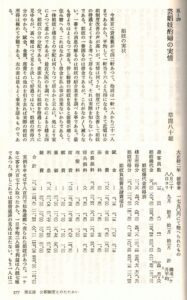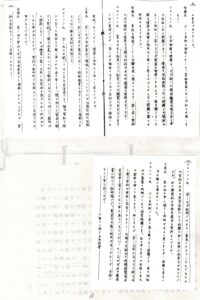Osaka Mayor Toru Hashimoto and others argue that it’s unfair for Japan to be singled out for criticism, saying that other nations are known for having established similar facilities.
During the Korean War, the South Korean military established comfort stations similar to those of the Japanese military, while the government of South Korea also provided U.S. forces with comfort stations. Studies of this issue based on South Korean military data have appeared in South Korea. And these comfort stations themselves represent grave human rights violations.
But we have to ask, why did the South Korean military establish such a comfort women system in the 1950s? What we learn is that in fact, many South Korean officers had once belonged to the Japanese military or the Manchurian military, which was under the command of the Japanese military. Those who had control over the South Korean military were so-called “Japanese collaborators”.
Former President Park Chung-hee is a typical example. He would later stage a successful coup, taking power and leading a long-term military dictatorship in South Korea, but he was in fact a graduate of the Manchurian and Imperial Japanese Military Academy. And he was a officer of the Manchurian military. Under the leadership of the Japanese military, the Manchurian military subdued anti-Japanese guerrillas in Manchuria. As a typical member of a pro-Japanese group, he cracked down on an anti-Japanese resistance and independence group. He was a member of the 57th graduating class of the Military Academy, during the era when Commandant of the Military Academy was Ushijima Mitsuru, who later became the Commander-in-Chief of the 32nd Army in Okinawa. It is well known that the 32nd Army established comfort stations systematically and on a large scale all over Okinawa.
In other words, those running the South Korean military were imitating the practices of the Japanese military to which they had once belonged.
So we see that those who cite the example of the Korean War in justifying the Japanese military’s system of comfort women are making an unreasonable argument. What is in fact necessary is a reflection on the history of this negative custom (crime) of the Japanese military having been passed on to the military of South Korea.
With regard to the Vietnam War, although it is unclear which military Hashimoto is referring to, it is likely he means that of the U.S. We know that there were prostitutes virtually imprisoned in U.S. military bases on the frontline in South Vietnam.
Since the U.S. military was the invader, the local inhabitants surrounded it on all sides, and the soldiers were unable to go out with any degree of freedom. When the Japanese military established comfort stations on the front lines in places like China, it too was the invader, placing it in inherently the same situation. The Japanese military also established comfort stations near (or in the corner of) military positions in circumstances in which soldiers had to be careful when they went outside.
What we know about armies such as that of Japan, that of Nazi Germany, and of course that of the U.S. Military at the time of the Vietnam War, is that they were all invaders. If we were talking about a defensive war in which the soldiers were called upon to protect their home turf from invaders, perhaps their spirits might have been high even without things like the comfort stations, and they would have had higher moral standards. But not comprehending the purpose of the war threw their moral and military discipline into a shambles, rooted in confusion about why they had to be far from home and waging war in another country.
Not only does Hashimoto neither recognize nor regret the fact that the Japanese military was the invader, his use of other invading forces as an example is a simple avoidance of the issue.

